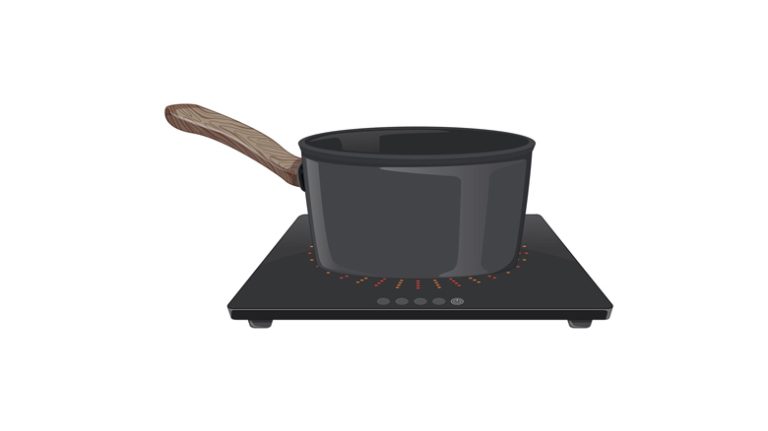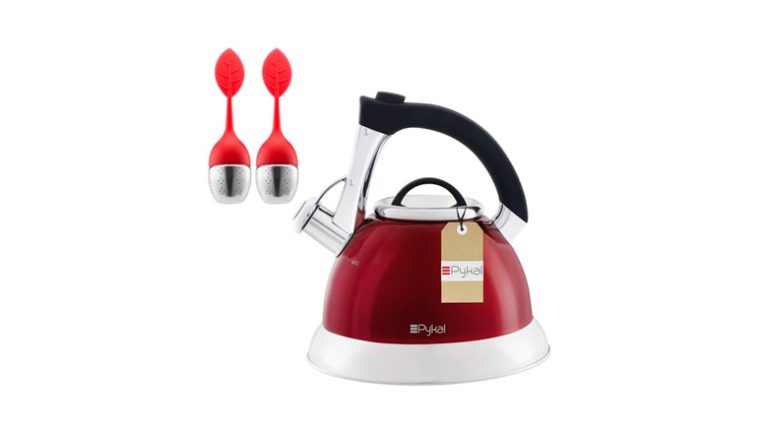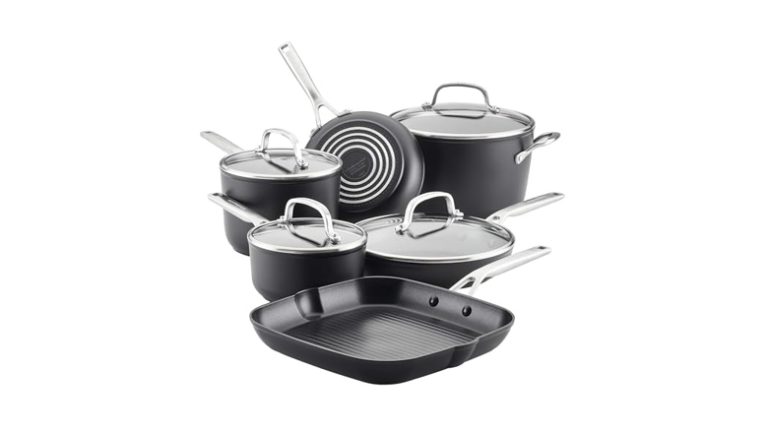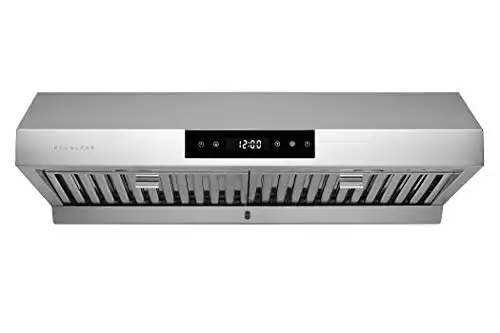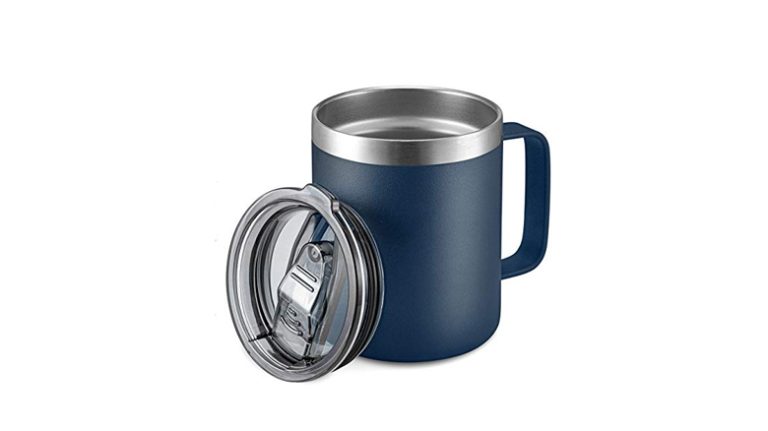Espresso vs Coffee: A Comprehensive Guide to Understanding the Differences
When it comes to the world of caffeinated beverages, two terms often dominate the conversation: espresso and coffee. For many, these words seem interchangeable, but they represent distinct entities in the realm of brewing methods, flavor profiles, and cultural significance. Whether you’re a casual drinker or a budding coffee enthusiast, understanding the differences between espresso and coffee can elevate your appreciation and help you choose the perfect brew for any occasion. In this article, we’ll explore what sets espresso apart from coffee, diving into their preparation, taste, caffeine content, and more, while shedding light on related concepts like brewing techniques, bean types, and serving styles.
What Is Coffee? The Foundation of Caffeine Culture
At its core, coffee refers to a beverage made from roasted coffee beans, which are the seeds of the Coffea plant. The term “coffee” is broad, encompassing a wide range of preparation methods, from drip coffee to French press to cold brew. When people say “coffee,” they’re often referring to a brewed drink that’s typically served in larger volumes—think 8 to 12 ounces in a standard mug. This versatility makes coffee a daily staple for millions worldwide.
The process of making coffee involves grinding roasted beans and extracting their flavors using hot water. The method you choose—whether it’s a pour-over, percolator, or automatic drip machine—affects the final taste, strength, and texture. Coffee beans themselves vary too, with popular types like Arabica and Robusta influencing the brew’s bitterness, acidity, and aroma. Attributes such as roast level (light, medium, dark) and grind size (coarse, medium, fine) further define the experience, offering endless customization.
In essence, coffee is the umbrella term, a flexible foundation that adapts to personal preferences and cultural traditions. Its caffeine content typically ranges from 80 to 120 milligrams per 8-ounce cup, depending on the brewing style and bean variety.
What Is Espresso? A Concentrated Coffee Experience
Espresso, on the other hand, is a specific type of coffee—a concentrated shot brewed under high pressure. Originating in Italy in the early 20th century, espresso is made using an espresso machine that forces hot water (around 195–205°F) through finely ground coffee at 9 bars of pressure. The result? A small, intense serving—usually 1 to 2 ounces—topped with a golden-brown layer of crema, the frothy head formed by emulsified oils and gases.
The precision of espresso lies in its variables: grind size (extra fine), water temperature, pressure, and extraction time (typically 25–30 seconds). This method extracts a robust, bold flavor that’s distinct from other coffee styles. A single shot of espresso contains about 60–80 milligrams of caffeine, but because of its small volume, it delivers a higher caffeine concentration per ounce compared to drip coffee.
Espresso isn’t just a standalone drink; it’s the base for popular beverages like lattes, cappuccinos, and Americanos. Its versatility and intensity have made it a cornerstone of coffee culture, especially in espresso-loving regions like Europe and urban cafes worldwide.
Espresso vs Coffee: Key Differences Broken Down
Now that we’ve defined the two, let’s compare espresso and coffee across several key attributes to clarify their distinctions.
1. Brewing Method
- Coffee: Brewed using methods like drip, pour-over, French press, or cold brew. These techniques rely on gravity or immersion, taking anywhere from 3 to 10 minutes (or hours for cold brew).
- Espresso: Requires an espresso machine or a stovetop Moka pot (a close cousin). The high-pressure extraction happens in under a minute, making it fast and efficient.
2. Volume and Serving Size
- Coffee: Served in larger quantities, typically 8–12 ounces or more, depending on the method and preference.
- Espresso: A small, concentrated shot of 1–2 ounces, though it can be diluted (e.g., in an Americano) or mixed with milk.
3. Taste and Texture
- Coffee: Flavor varies widely—mild and smooth in a pour-over, bold and earthy in a French press. It lacks the thick, syrupy mouthfeel of espresso.
- Espresso: Intense, rich, and slightly bitter, with a velvety texture thanks to the crema. The quick extraction highlights the beans’ natural oils and acidity.
4. Caffeine Content
- Coffee: More caffeine overall (80–120 mg per 8 oz), but less concentrated per ounce.
- Espresso: Less total caffeine (60–80 mg per shot), but more potent per ounce due to its small size.
5. Grind Size
- Coffee: Grind size depends on the method—coarse for French press, medium for drip, fine for AeroPress.
- Espresso: Requires an extra-fine grind to maximize surface area for the rapid, high-pressure extraction.
6. Equipment
- Coffee: Brewed with accessible tools like a coffee maker, kettle, or even a simple filter.
- Espresso: Demands specialized gear, like an espresso machine or Moka pot, though manual options like an AeroPress can mimic it.
Beyond the Basics: Preparation Nuances and Cultural Context
Understanding espresso versus coffee goes beyond mechanics—it’s also about context. Coffee, in its many forms, is a global phenomenon with regional twists: think Turkish coffee with its thick sediment or Ethiopian coffee served during elaborate ceremonies. Espresso, however, carries a more specific heritage, tied to Italian cafes and the art of the barista. Its name even reflects its purpose—“espresso” means “pressed out” in Italian, emphasizing speed and immediacy.
Preparation nuances matter too. Coffee brewing is forgiving; a slightly off grind or water temperature won’t ruin the cup. Espresso is less so—over-extraction can turn it bitter, while under-extraction leaves it weak and sour. This precision appeals to those who enjoy the craft of coffee-making.
Which Is Stronger? Debunking the Caffeine Myth
A common question: Is espresso stronger than coffee? The answer depends on what “strong” means. Espresso’s concentrated nature makes it taste stronger and feel more intense, but a standard cup of drip coffee often contains more total caffeine. If you’re chasing a quick jolt, a double espresso shot (120–160 mg) might outpace an 8-ounce coffee. For all-day sipping, coffee’s larger volume keeps the caffeine flowing.
Beans and Roasts: Are They Different?
Here’s a surprise: espresso and coffee typically come from the same beans—usually Arabica or Robusta. “Espresso beans” is a marketing term, often denoting a darker roast suited to the intense extraction process. Dark roasts bring out bold, caramelized notes that shine in espresso, while lighter roasts, favored in pour-overs, highlight fruity and floral flavors. That said, you can use any roast for either method; it’s the preparation that defines the outcome.
Health and Lifestyle Considerations
Both espresso and coffee offer health benefits—antioxidants, improved focus, and even a reduced risk of certain diseases—when consumed in moderation. Espresso’s small size suits those watching calorie intake (it’s virtually zero without additives), while coffee’s larger volume can hydrate as well as energize. Milk-based espresso drinks like lattes, however, can tip the calorie scale if that’s a concern.
Choosing Between Espresso and Coffee
So, which should you pick? It depends on your needs:
- Espresso: Ideal for a quick, intense boost or as a base for creamy drinks. Perfect for mornings on the go or an afternoon pick-me-up.
- Coffee: Great for leisurely sipping, batch brewing, or experimenting with flavors. Suited to relaxed settings or all-day consumption.
Your setup matters too. No espresso machine? Stick to coffee or try a Moka pot for an espresso-like alternative. Love the ritual? Invest in a quality grinder and machine to master espresso at home.
Final Thoughts: Espresso and Coffee as Complementary Classics
Espresso and coffee aren’t rivals—they’re siblings in the caffeine family, each with its strengths and charm. Coffee offers variety and comfort; espresso delivers intensity and elegance. By understanding their differences—brewing style, flavor, serving size, and more—you can savor both for what they are: timeless ways to enjoy the humble coffee bean. Whether you’re pulling a perfect espresso shot or brewing a pot of drip, the joy lies in the journey from bean to cup.
Next time you’re at a cafe or firing up your kitchen setup, consider what you’re craving—volume or velocity, mildness or might—and let that guide your choice. Either way, you’re in for a treat.

